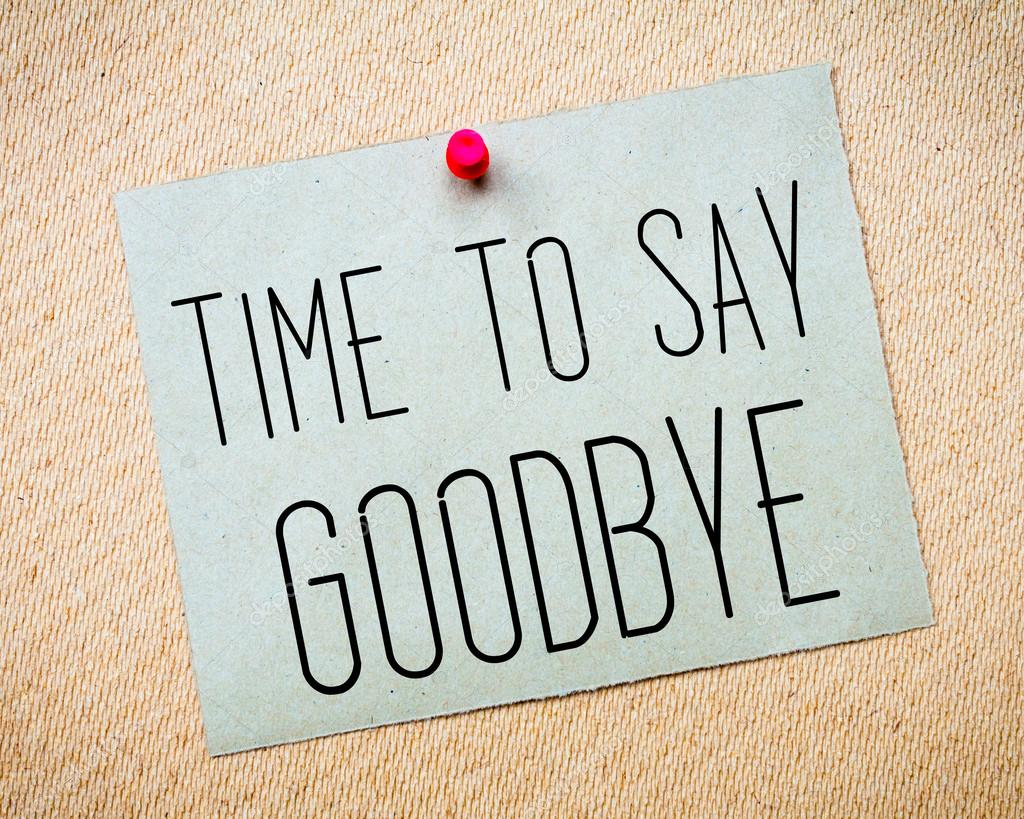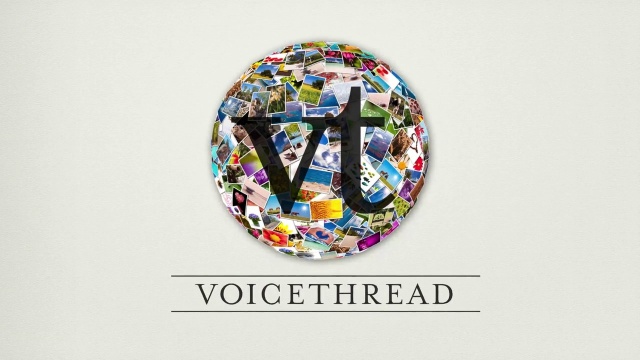 Wouldn't it be cool if you could go into space? Well, that may now be a possibility! Thanks to Richard Branson, who started Virgin Galactic in 2004, tourist spacecrafts are going to be available. On December 12th, a spacecraft carrying just the two pilots and weight bags to simulate people took off successfully into space. These spacecrafts are going to cost a ton of money to board, so as of now they'll only be for the extremely wealthy. But, if everything goes according to plan for Bronson, soon tourist space travel will be a reality for everyone! “Today, as I stood among a truly remarkable group of people with our eyes on the stars, we saw our biggest dream and our toughest challenge to date fulfilled,” Mr. Branson said in a statement after the takeoff. “It was an indescribable feeling: joy, relief, exhilaration and anticipation for what is yet to come.” This was the second time a Branson spacecraft took off into space, with the first time being about 14 years ago. Branson is trying to lead the charge into space tourism, but he has a lot of rich competition in the form of Elon Musk of Telsa and Jeff Bezos of Amazon. He is hoping that the takeoff of this ship will put him in the lead, and one day help him and others reach outer space!
Wouldn't it be cool if you could go into space? Well, that may now be a possibility! Thanks to Richard Branson, who started Virgin Galactic in 2004, tourist spacecrafts are going to be available. On December 12th, a spacecraft carrying just the two pilots and weight bags to simulate people took off successfully into space. These spacecrafts are going to cost a ton of money to board, so as of now they'll only be for the extremely wealthy. But, if everything goes according to plan for Bronson, soon tourist space travel will be a reality for everyone! “Today, as I stood among a truly remarkable group of people with our eyes on the stars, we saw our biggest dream and our toughest challenge to date fulfilled,” Mr. Branson said in a statement after the takeoff. “It was an indescribable feeling: joy, relief, exhilaration and anticipation for what is yet to come.” This was the second time a Branson spacecraft took off into space, with the first time being about 14 years ago. Branson is trying to lead the charge into space tourism, but he has a lot of rich competition in the form of Elon Musk of Telsa and Jeff Bezos of Amazon. He is hoping that the takeoff of this ship will put him in the lead, and one day help him and others reach outer space!
I chose this article because I'm very interested in space travel. I also chose it because I did a project in class about Virgin Galaxies and thought it was really interesting, so I wanted to continue learning. This article relates to classroom topics and discussions because we dedicated an entire day to space science, and we all did projects on it. You can use this article to teach students science in a variety of ways. You can have the students read the article and then make their own space tourism company and spacecraft. They can name both, and then also pick a destination for his/her spacecraft's maiden voyage! This project could hit a multitude of standards and include a bunch of activities like writing assignments. Space science is a very interesting topic for students, so I would use this article to take advantage of that and complete the assigned project.
Reference to research article:
Haag, M. (2018). Virgin Galactic Rocket Ship Reaches Space, a Milestone in Space Tourism. New York Times.







